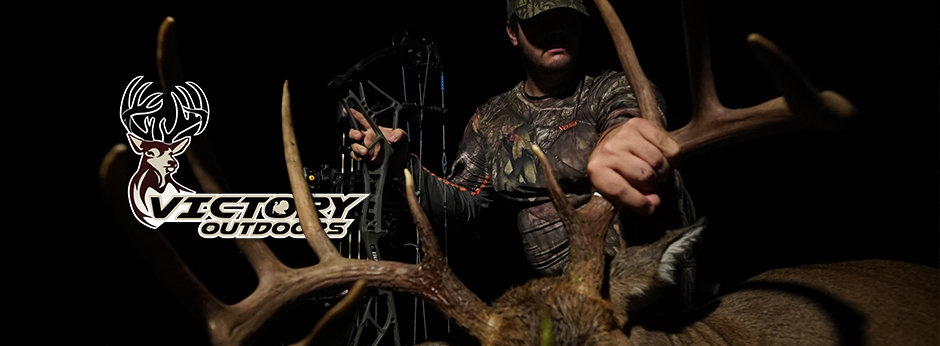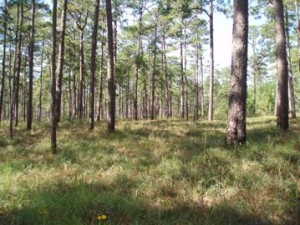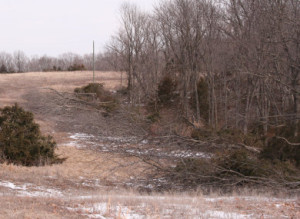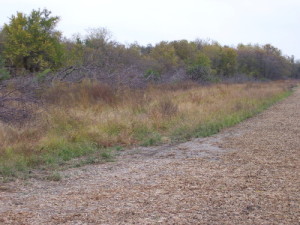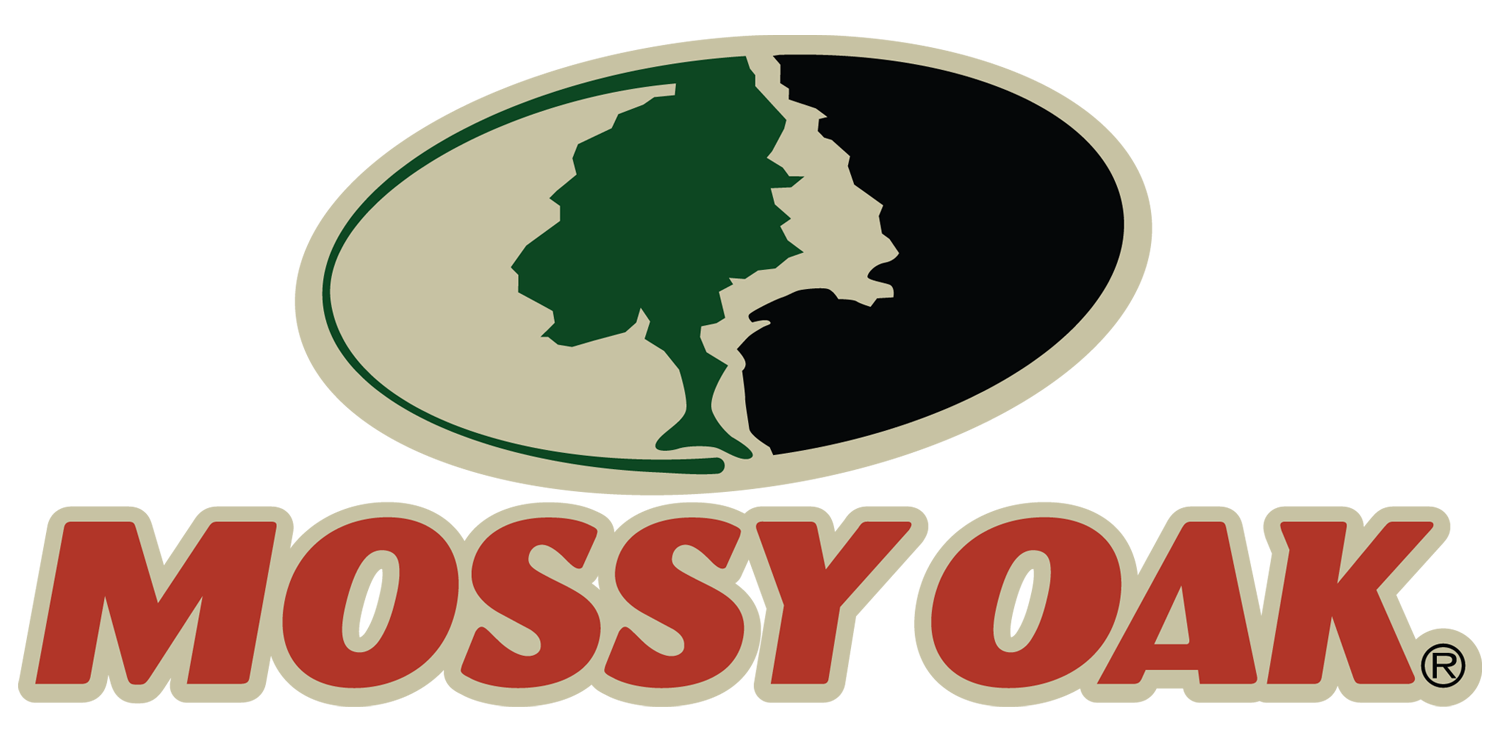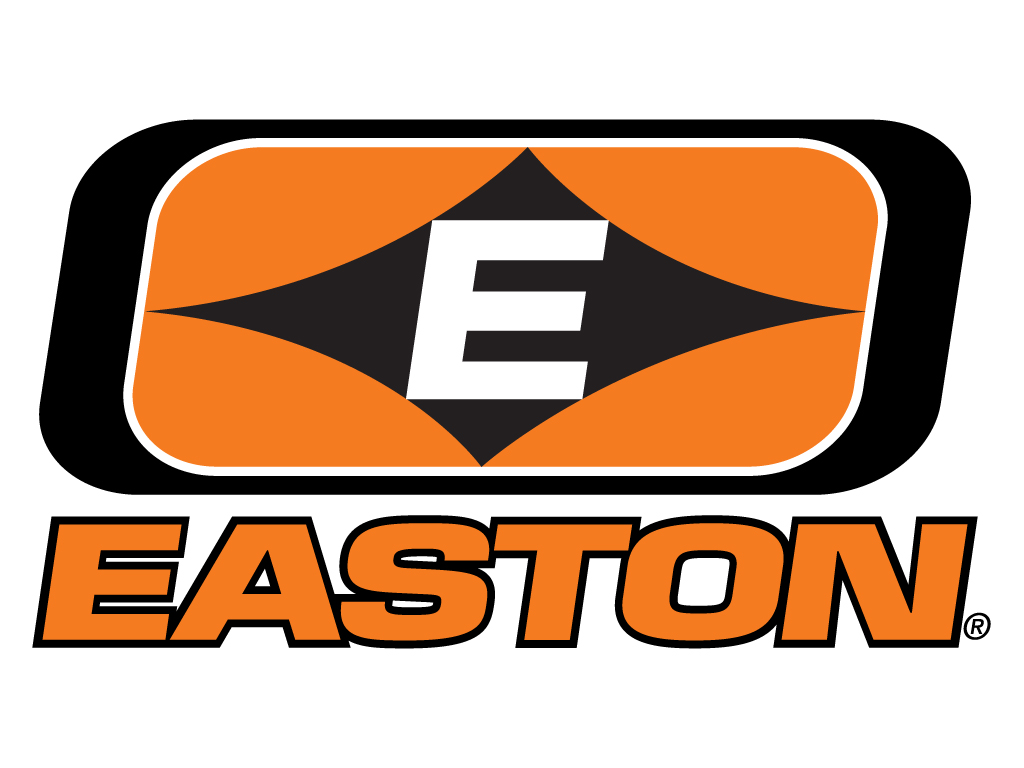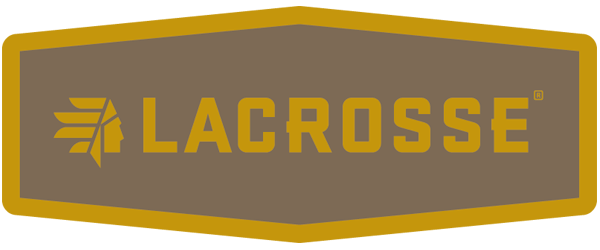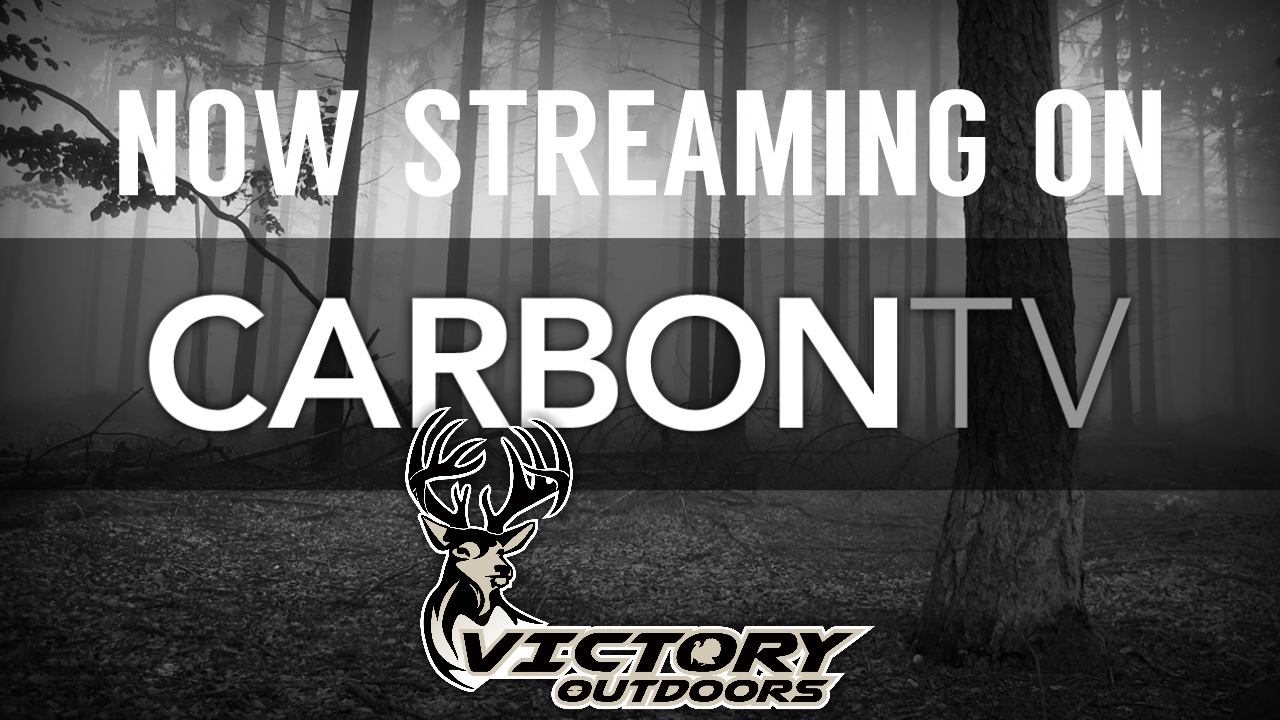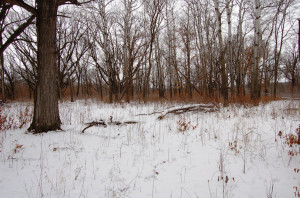 By using methods of Timber Stand Improvement or TSI, a forest will become healthier and more productive, and can meet the land use objectives and needs of the landowner. So what you need to do is look at all the different management practices that are available and then pick if you would like to make as much money per acre possible, or will you instead manage for wildlife. Guess what… with the help of a professional forester, you can do both. Now I’m an outdoorsman, so I’ll give up a few dollars per acre to create better habitat for game animals. Most of the time TSI can be done in a rotation of 5 to 10 acre blocks each year. This helps with cost and creates diversity of growth within your timber.
By using methods of Timber Stand Improvement or TSI, a forest will become healthier and more productive, and can meet the land use objectives and needs of the landowner. So what you need to do is look at all the different management practices that are available and then pick if you would like to make as much money per acre possible, or will you instead manage for wildlife. Guess what… with the help of a professional forester, you can do both. Now I’m an outdoorsman, so I’ll give up a few dollars per acre to create better habitat for game animals. Most of the time TSI can be done in a rotation of 5 to 10 acre blocks each year. This helps with cost and creates diversity of growth within your timber.
Forests across the United States have the distinction of being able to provide countless benefits for landowners. Among these benefits are watershed protection, wildlife habitat, and timber resources and aesthetics. Even so, many forests endure abuses of livestock grazing, fires, insect and disease attacks and natural overcrowding. TSI involves providing necessary growing space for high quality trees and creating an environment for the natural reseeding of the forest. Productivity, wildlife habitat, recreation, water quality and other environmental conditions are all taken into consideration when coming up with a plan for your timber.
Crop Tree Release
This practice promotes increased growth of the best trees in the stand by removing adjacent, competing, or less desirable trees. It is most important in black walnut and quality oak, ash and cherry stands mostly because this is what will create a good deal of food for game animals.
In releasing a crop tree, any tree or vine that is competing with the crop trees’ crown for sunlight should be eliminated. This will allow the crop tree to develop a full crown necessary for maximum growth and production. The first step is to picking good crop trees to release.
Thinning
Thinning removes tree top (crown) competition and allows selected crop trees (good mast producers) to receive more sunlight; thereby improving mast production. (walnut, oak, fruit etc.) Thinning is the best way to manage your stand of crop trees and in most cases is done twice before final harvest.
SAPLING-SIZED STANDS (less than 6″ diameter)
These stands are usually well stocked or overstocked. Future crop trees have usually asserted their dominance in the stand, but growth will begin to slow without some crown release. Future crop trees should be selected and released by deadening trees or vines that interfere with the crop trees crown. In most stands I select crop trees on a 12′- 15′ spacing.
POLE-SIZED STANDS (6″-12″ in diameter)
A well managed forest should have at least 25 to 30 crop trees per acre at final harvest. However, during the life of the forest, some natural mortality will occur through disease attacks, lightning, windstorms, etc. Some trees should be harvested in intermediate cuttings. Therefore, in a post and pole sized stand, select about 60 crop trees per acre. A general spacing guide is 25′-30′ between trees.
A common mistake in releasing crop trees in pole sized stands is over-release of crop trees. Over-release, or providing too much space between trees, eliminates competition between trees. Competition keeps trees growing strait with little or no lower branches. If over-released, trees are no longer trained to grow long, straight trunks to get their share of sunlight and branches will remain lower in the trunk. This produces more blemishes in the wood and results in a loss of timber value. In the case of wildlife a few trees can be over-released to make if a better for producing food, as in oaks and walnut trees.
Edge feathering
This management practice is pretty easy. Cut any trees taller than 15 feet at least 30 feet back into the woodland. Use the trees for firewood or leave them in place to allow sunlight to reach smaller shrubs. (wildlife brush piles can also be created) Smaller trees should also be cut, but desirable wildlife shrubs and short trees should be left. A combination of complete cuts and hinging (also called half-cutting) is the best strategy. Complete-cut trees, low so sprouting will occur at ground level. Hinge-cut trees 1/2″ to 2/3″ through, falling it, while leaving a living hinge of bark attached. This lets the original tree live for a while, and sprouting takes place from the base of the tree. Vines attached to trees should be left uncut to trail over downed vegetation. Plant species to keep, or plant in your edge management area include; wild plum, dogwoods, autumn olive, blackberry, prickly ash or red cedar. Trees should be cut so they fall toward the adjacent grassland areas will increase the effective width of the transition zone. It’s nothing more than maintaining desirable shrubby growth along existing tree lines and wildlife thrive in these transition zones. It will keep you warm in the winter as you work, perhaps provide fuel for your woodstove and pay a bonus for your game birds right away. While you manage specifically for the game you are most interested in, you will also create habitat that is beneficial for a host of other wildlife species.
Cost Share
As for paying for these practices there are several programs that assist a landowner with the cost of Timber Stand Improvement. Most states have programs in place to help landowners. I would start by contacting your local wildlife agency, so you can get a professional forester in your timber. Many of the programs are government programs through various government organizations. The number of programs can be confusing, usually the best approach to cost share is to talk to a professional forester or wildlife biologist to find the program that is right for your project. TSI can be one of the most worthwhile uses of your timber. How well you plan a timber harvest will determine what the next generation of landowners will have to enjoy and manage.
